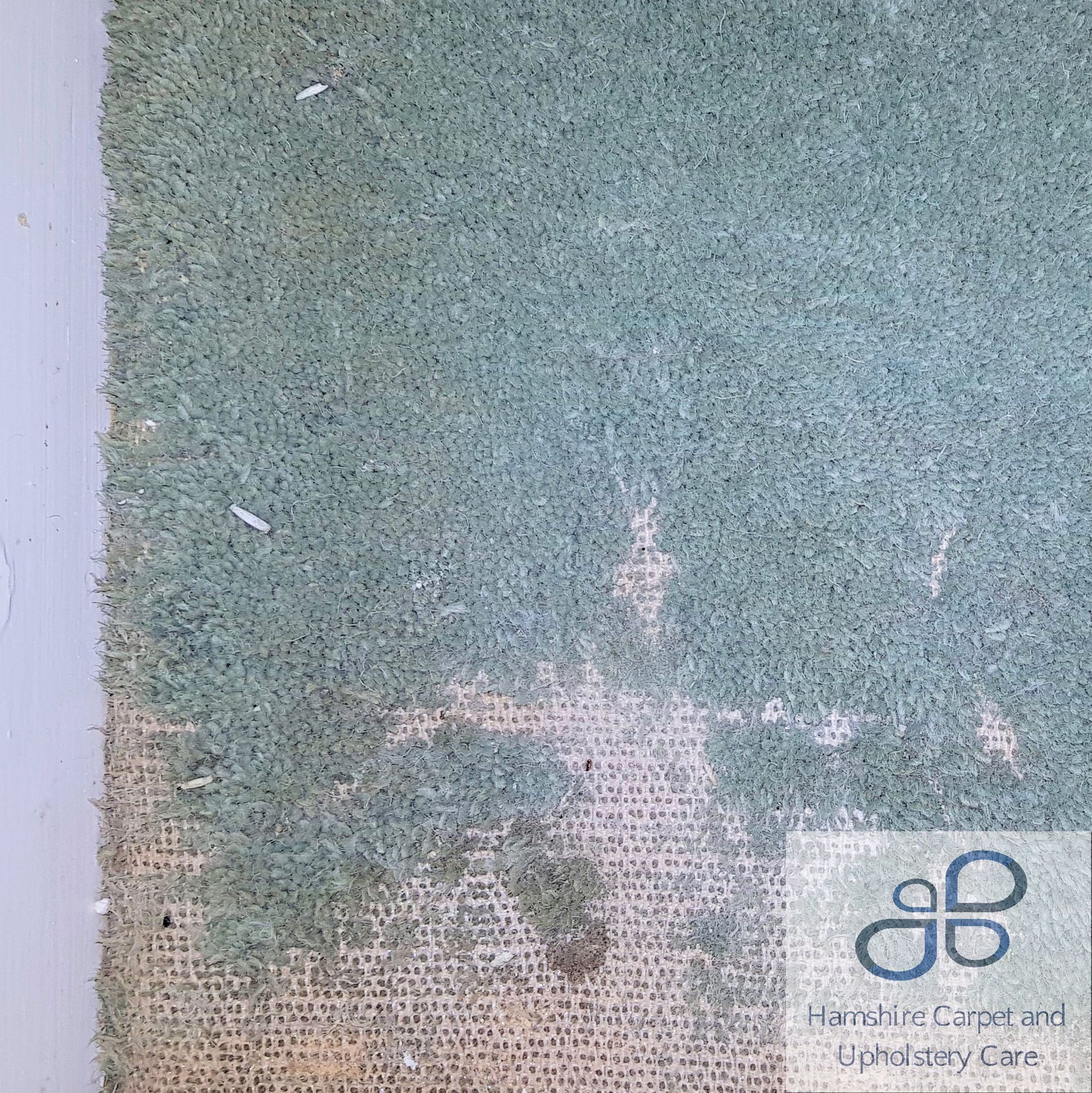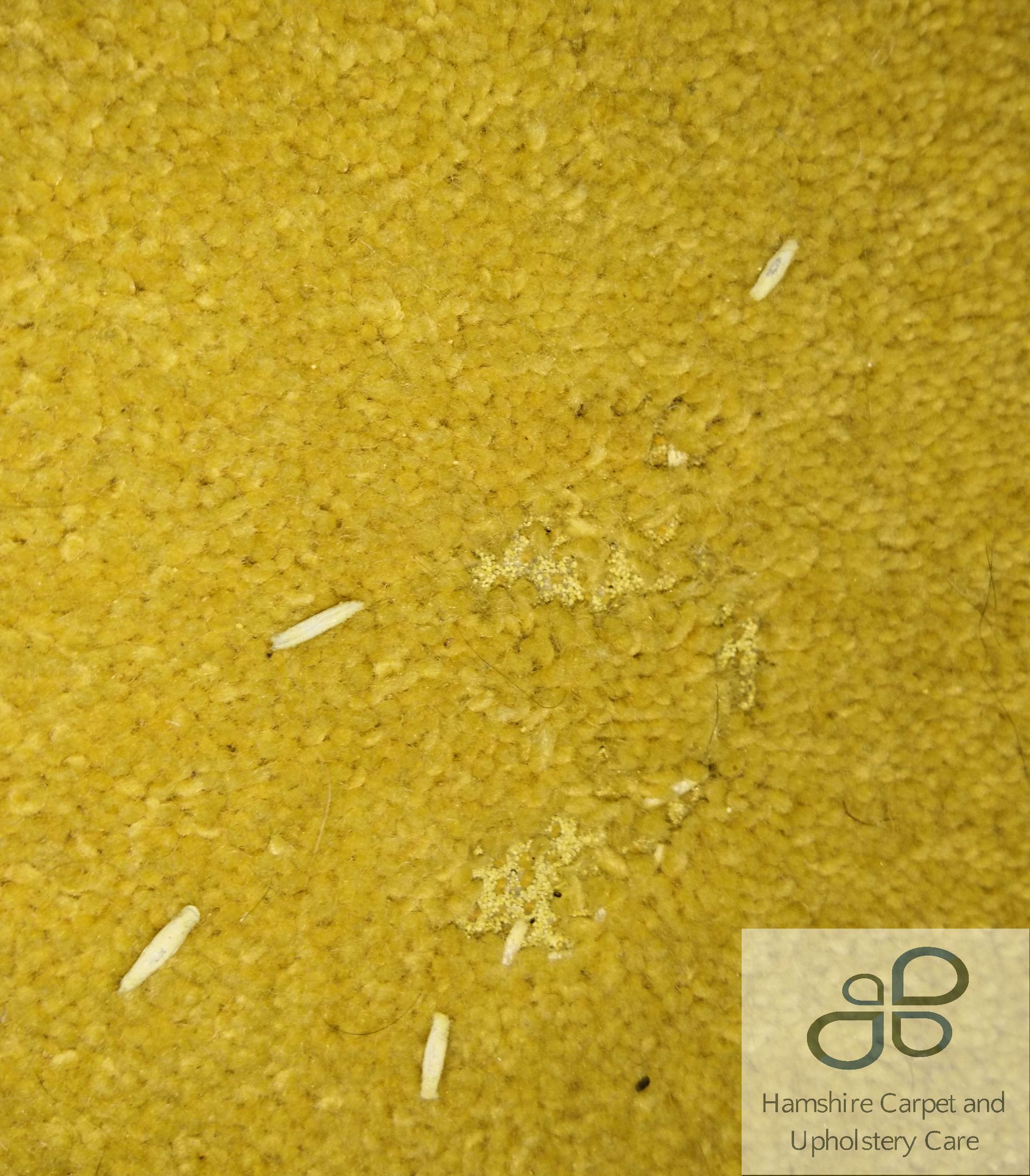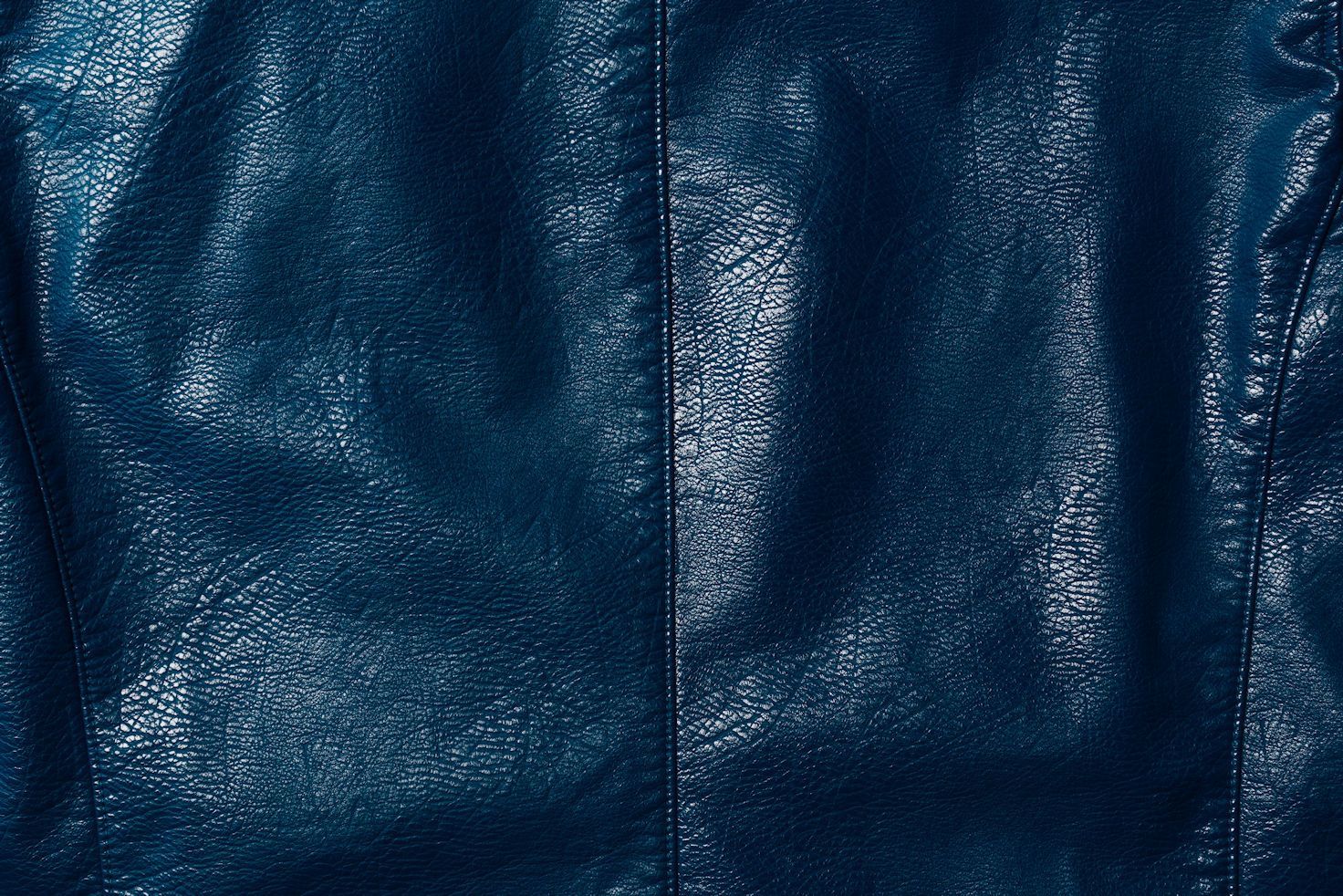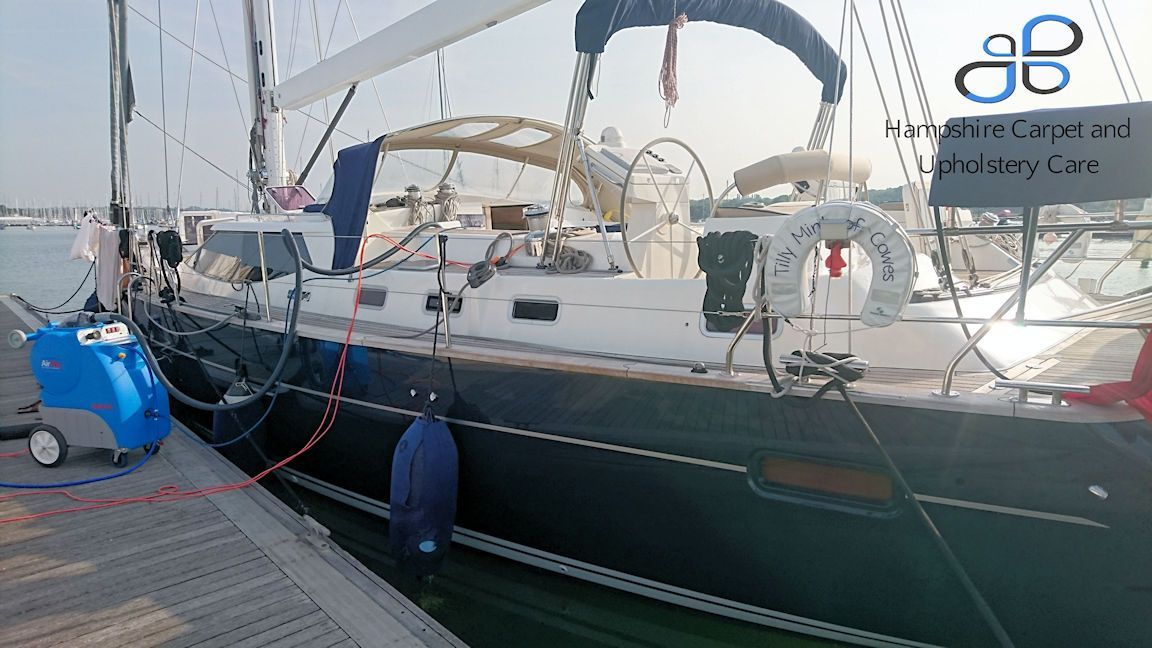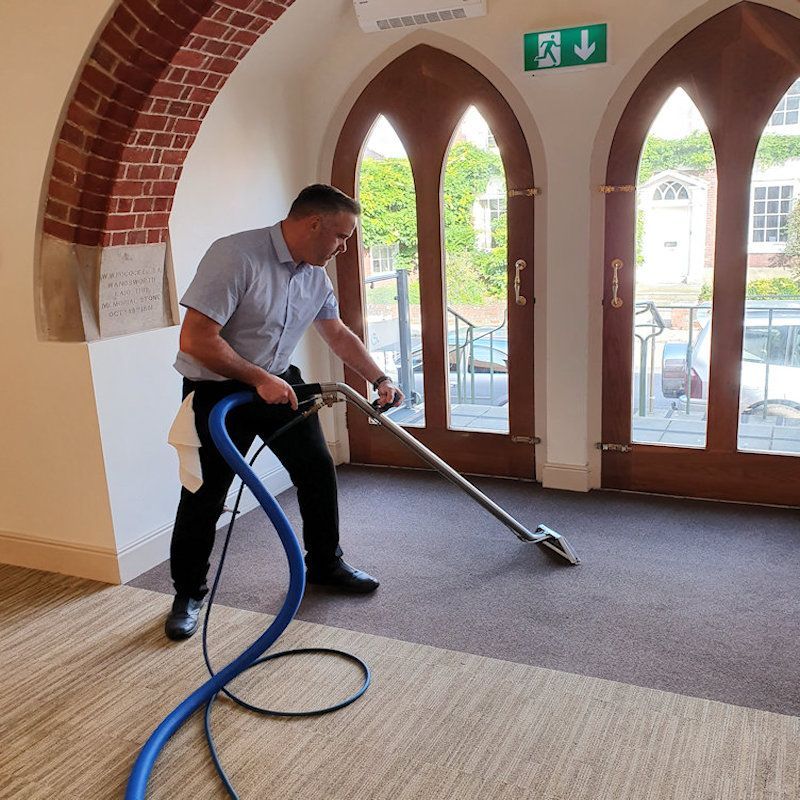How to Get Rid of Carpet Moths & Prevent Future Infestations
Discover how to identify, treat, and prevent carpet moth infestations. Protect your wool carpets with expert tips and effective cleaning solutions.
Are Carpet Moths Ruining Your Floors? Here’s What You Can Do About It
Imagine this: You’ve invested in a beautiful wool carpet — warm, elegant, and soft underfoot. Then, one day, you notice patches thinning out, or strange little bugs fluttering nearby. Uh-oh. You could be facing one of the sneakiest home invaders around: carpet moths.
If you've seen signs of carpet damage or tiny moths lurking in your home, don’t panic — we’ve got you covered. In this post, we’ll walk you through how to spot, stop, and prevent these destructive pests.
🔍 Spot the Signs: Do You Have Carpet Moths?
Carpet moths aren’t just an old-house problem. They can appear in any home, especially those with wool carpets or rugs. Here’s what to look for:
- Patchy areas in your carpet (especially along walls and under furniture)
- Tiny cream-coloured larvae in fibres or crevices
- Sandy debris (larval droppings or skin sheddings)
- Adult moths fluttering close to the floor or near upholstery
Fact: It's not the adult moths that do the damage — it's their larvae that feast on your carpet's fibres.
🐛 What Attracts Carpet Moths in the First Place?
Carpet moths are drawn to warm, quiet, dark places and natural fibres like wool, silk, or cotton. Here are the top reasons they might move into your home:
- Wool carpets: Their favourite snack.
- Infrequent vacuuming: Dirt, skin cells, and pet hair = buffet.
- Stored clothing or fabrics: Moths can hitch a ride indoors via suitcases, second-hand rugs, or forgotten wardrobes.
- Clutter: The more undisturbed places there are, the more opportunities moths have to lay eggs.
🛡️ Preventing an Infestation: Simple Tips That Work
Good news — preventing carpet moths is actually pretty easy with a few habits:
✔️ Vacuum often — and thoroughly
Go deep! Under furniture, along edges, behind doors — anywhere that stays still and gets overlooked.
✔️ Get professional carpet cleaning yearly
A deep clean removes embedded eggs and larvae, plus it keeps your carpets looking (and smelling) fresh.
✔️ Declutter and organise
The fewer dark, undisturbed areas moths can hide in, the better. Tidy spaces make it harder for them to thrive.
✔️ Use moth repellents
Natural options like cedarwood, lavender sachets, or specially formulated sprays help keep moths at bay.
✔️ Store fabrics and clothes properly
Use airtight containers for out-of-season clothes, and vacuum wardrobes regularly.
🚨 Already Have Carpet Moths? Here's How to Get Rid of Them
If you've spotted signs of an infestation, act fast — larvae spread quickly and the damage adds up. Here's what to do:
1. Vacuum, vacuum, vacuum
Use a strong vacuum cleaner with attachments to get deep into the carpet pile. Empty the bag or canister right away!
2. Lay traps
Pheromone traps catch adult moths and interrupt their breeding cycle. They're easy to find online or in hardware stores.
3. Apply a carpet-safe insecticide
Look for WoolSafe-approved sprays that kill moth larvae without harming your carpet. Follow instructions carefully and always test a small area first.
4. Call in a pro if needed
Severe or repeated infestations may need professional pest control to fully eliminate.
🧼 Cleaning Is Key to Prevention
Regular maintenance is your best defence. Think of carpet care like skincare — consistent, gentle, and thorough is the way to go. By keeping your carpets clean in Chandlers ford and your home well-ventilated, you’ll reduce the chance of ever seeing these unwanted guests again.
🏁 Final Thoughts
Carpet moths in Hampshire including Southampton, the New Forest, Winchester, Basingstoke, Portsmouth and Petersfield are more common than you’d think — but they’re absolutely manageable with the right approach. If your carpets are already affected, or if you want to prevent moths before they become a problem, don’t wait.
Need professional help or advice tailored to your carpet type? Get in touch today — at Hampshire Carpet and Upholstery Care we’re here to help you protect your home and keep your floors looking flawless.


